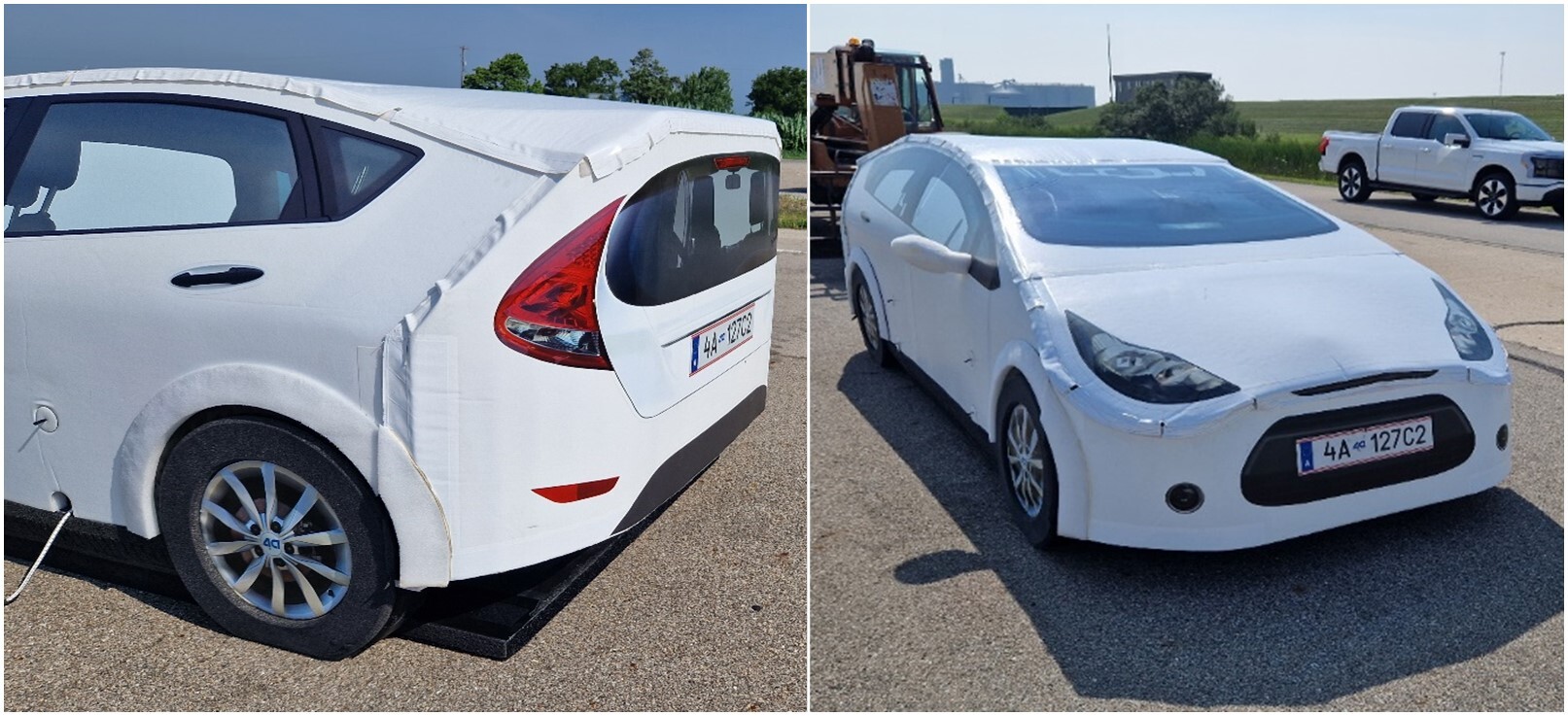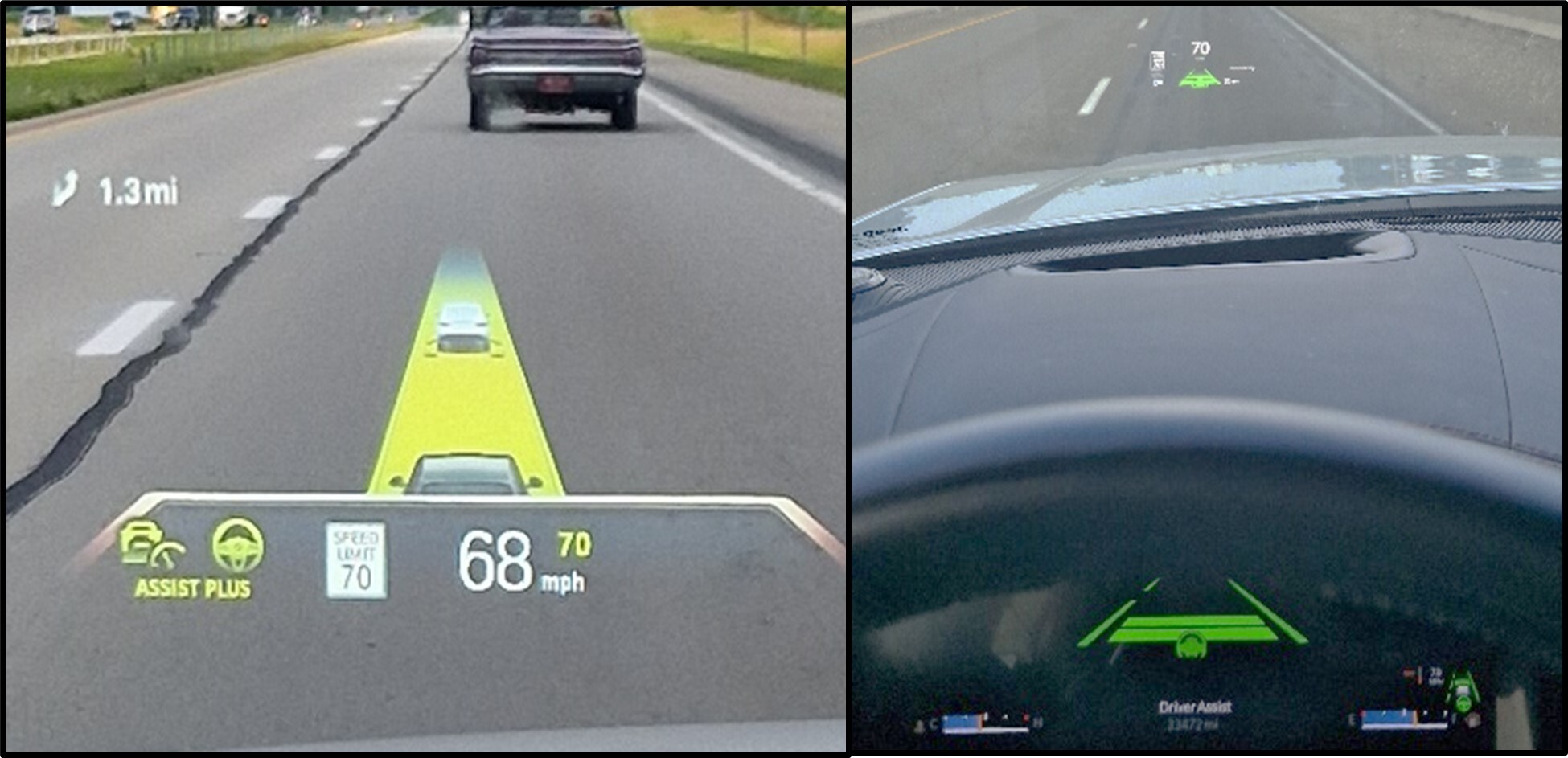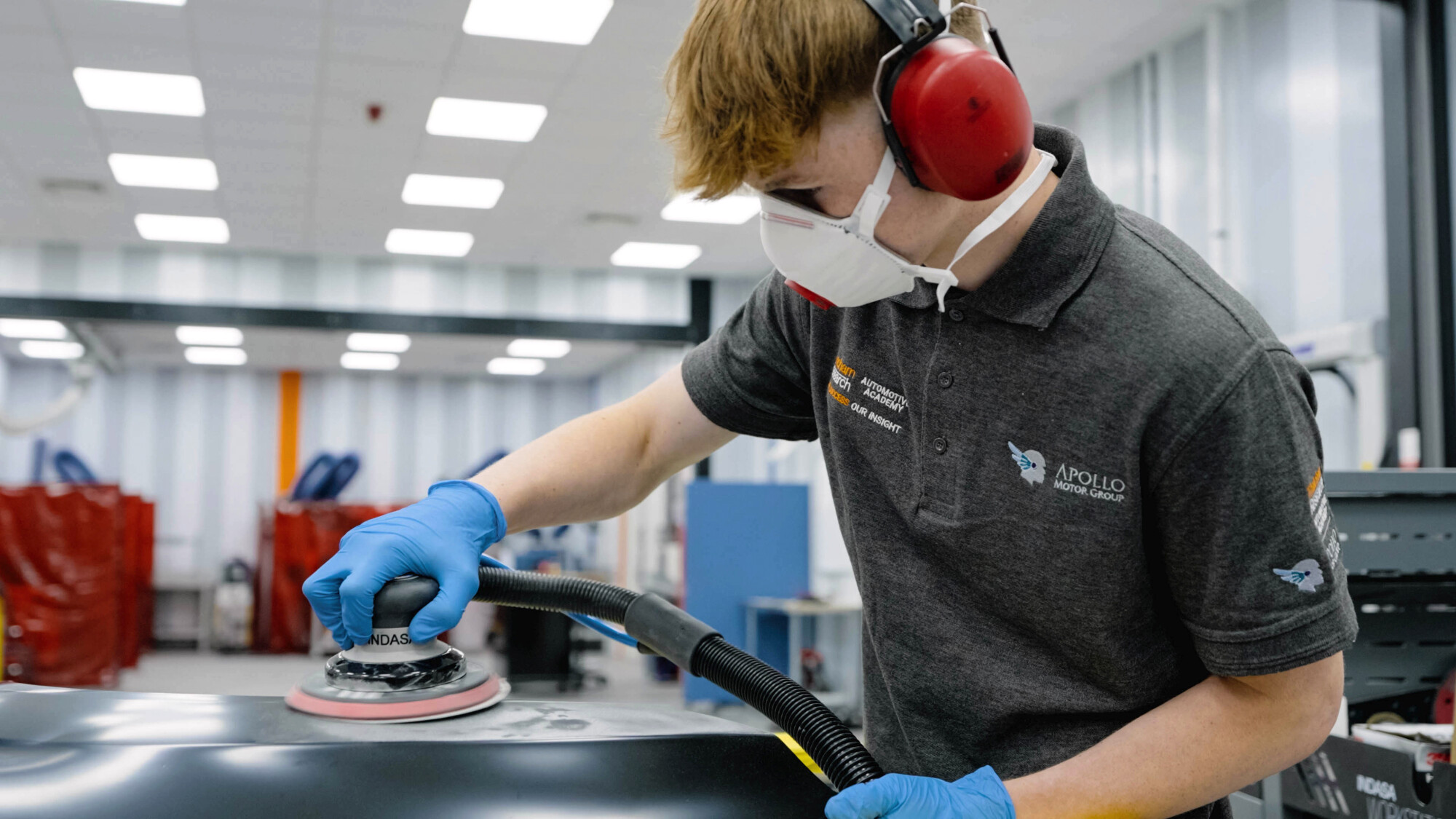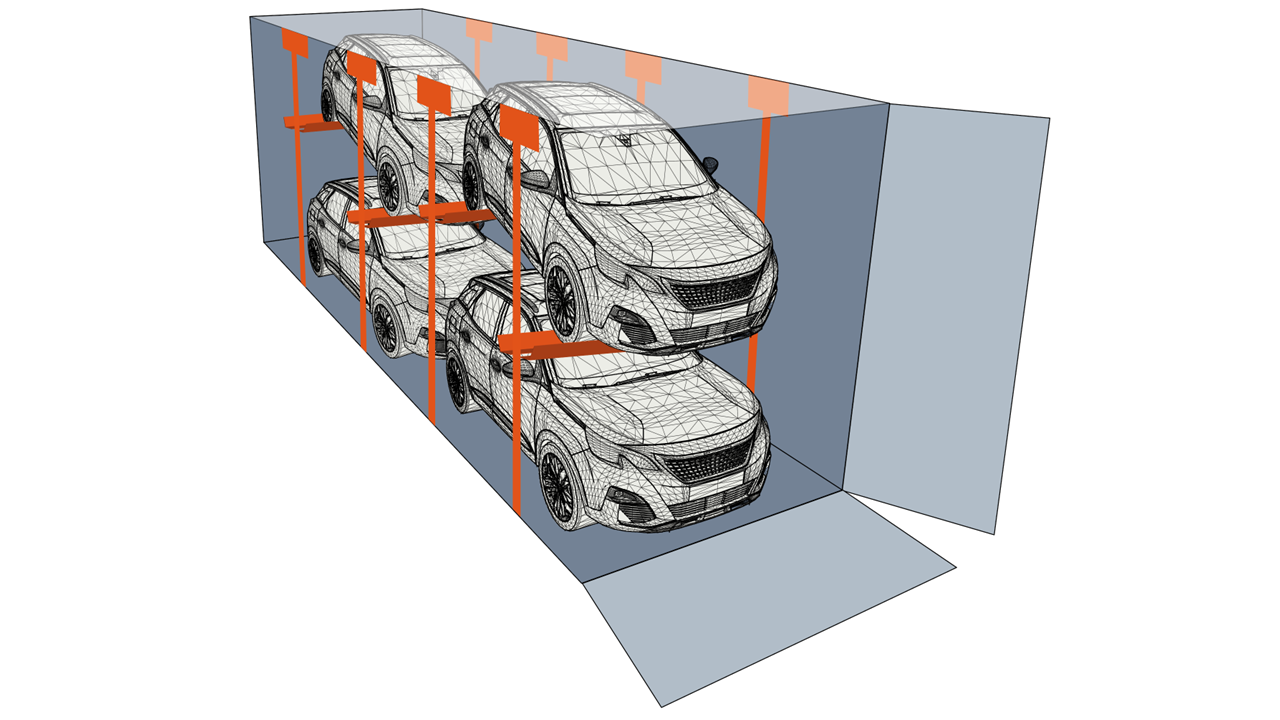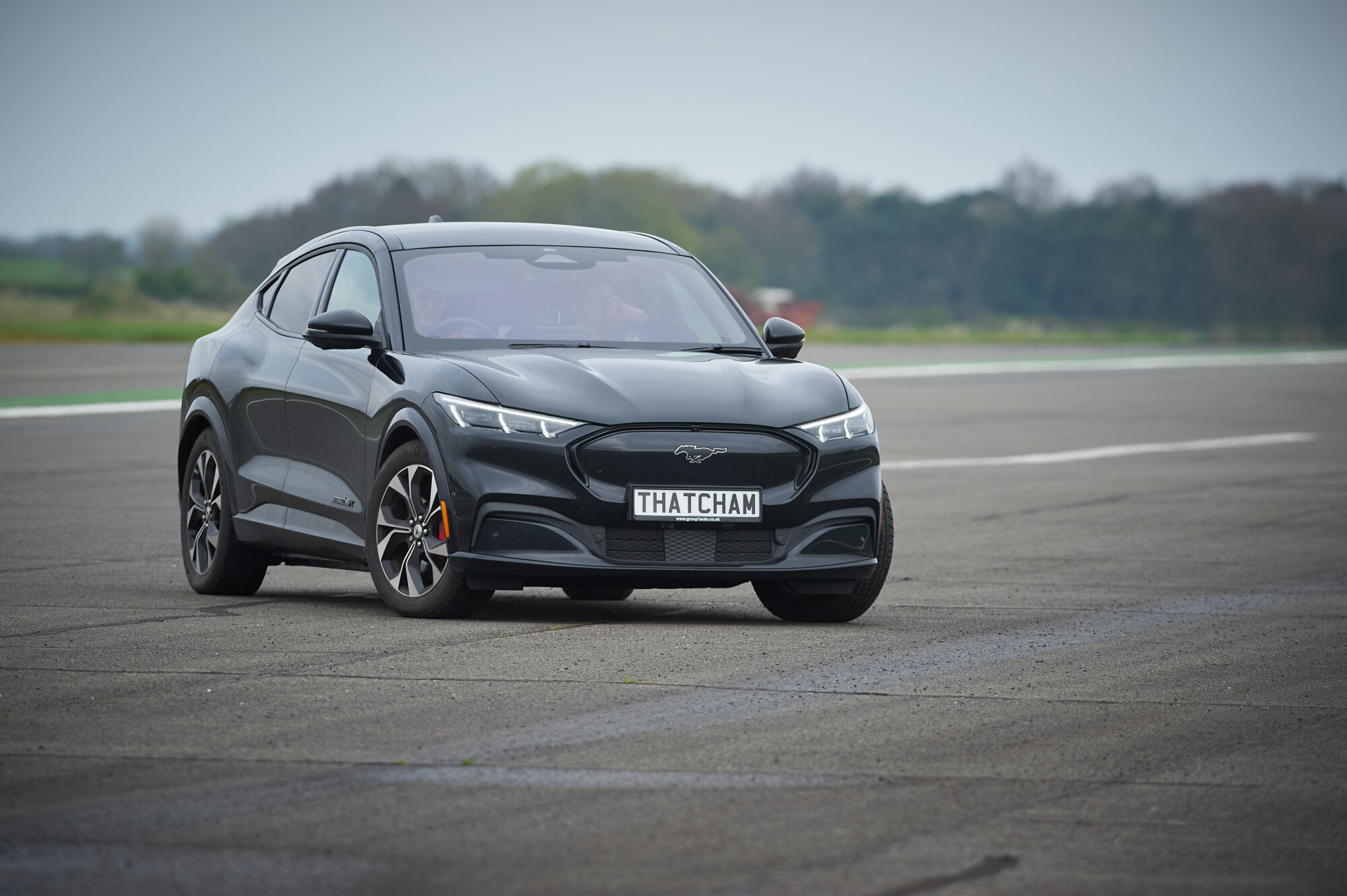
- Five assisted driving systems tested: the BMW i7 ‘Assisted Driving Plus’, Cadillac Escalade ‘SuperCruise’, Ford F-150 Lightning ‘Blue-Cruise’, Jeep Grand Cherokee ‘Active Driving Assist’ and Tesla Model S Plaid ‘Autopilot’ across a range of real-world driving conditions
- Assessments promote robust and reliable DCAS which strike a balance between effective vehicle assistance and an engaging driver experience
- “…it is clear that no one system is perfect yet,” comments Thatcham Research, before highlighting need for independent testing framework
Automotive risk intelligence company Thatcham Research has tested a range of Driver Controlled Assistance Systems (DCAS) or ‘L2’ equipped vehicles against a newly developed insurability assessment.
Five vehicles were assessed in track and on-road testing across a range of driving conditions in addition to an analysis of DCAS design and Human Machine Interface (HMI). Industry leading vehicles fitted with the technology, which supports drivers with lane centering and speed control functionality, were tested in the United States, including the BMW i7, Cadillac Escalade, Ford F-150 Lightning, Jeep Grand Cherokee and Tesla Model S Plaid.
Yousif Al-Ani, principal ADAS engineer, Thatcham Research said, “While the overall picture was one of capable performance when it comes to the driving task, the testing did also identify opportunities for improvement in how system information is communicated to the user, and how continual driver engagement is monitored.”

The BMW i7 system was rated the best-performing of those tested, scoring less well only in marginal aspects of its provision of consumer information. While the Tesla Model S Plaid scored highest in two categories, demonstrating the system’s excellent driving performance, it rated fourth overall due to lower scores in driver engagement categories, such as consumer information, HMI and driver monitoring.
Al-Ani continued, “These core driver engagement attributes affect the overall risk of vehicle misuse despite not directly influencing the assisted driving performance. By capturing additional factors beyond fundamental driving performance, especially those that might encourage misuse, the overall performance and risks of these systems can be effectively quantified and compared.”
The assessments also highlighted that the system offering the best pure assisted driving performance may not offer the best customer experience and may not be the safest or most insurable. It also highlights that the best scoring car may not represent the best value, as illustrated by the Jeep Grand Cherokee achieving the second-highest score overall, with consistent good performance in all categories despite its lower price point.
The final gradings
|
Assessment criteria |
Weighting |
BMW |
Jeep |
Ford |
Tesla |
Cadillac |
|
Consumer information |
5% |
52% |
72% |
76% |
52% |
76% |
|
SLIF (Speed Limit Information Function) |
10% |
72% |
56% |
72% |
84% |
44% |
|
Lane Support System (LSS) |
27.5% |
80% |
88% |
69% |
57% |
72% |
|
Adaptive Cruise Control (ACC) |
27.5% |
82% |
82% |
73% |
94% |
73% |
|
Driver Monitoring (DMS) |
15% |
60% |
60% |
52% |
44% |
44% |
|
Human Machine Interface (HMI) |
15% |
81% |
81% |
66% |
51% |
65% |
|
Grand total |
75.5% |
73.5% |
67.8% |
66.7% |
64.5% |
|
|
Ranking |
1st |
2nd |
3rd |
4th |
5th |
|
Key findings
Consumer Information
One of the main risks associated with DCAS is overconfidence in the system’s capabilities or availability. Drivers’ expectations of the level and quality of assistance provided will be influenced by the information available to them before operating the system.
The Cadillac, Ford and Jeep all scored well in this category. However, although some online video guides were available to improve understanding of system operation and limitations, none were made directly available to the driver through the infotainment system.
Speed Limit Information
All five systems were very similar in their ability to detect speed limits and warn the driver accordingly, although the Cadillac was the only vehicle that was entirely unable to detect temporary speed limits. Notably, all could only recognise printed signs and were unable to read LED format signs.
The Tesla proved most capable in intelligently linking the ACC system reaction with the current road, by beginning a gentle deceleration below the set limit well in advance of any manoeuvres required for tight turns or road features.
Lane Support
The Jeep was the best performer overall by a significant margin, due to a combination of its robust lane centering and the collaborative feeling from the steering wheel. The lowest ranked system was the Tesla, which was stifled by its uncooperative steering.
The BMW and Jeep were very capable of maintaining a central position within a lane on both straight and curved sections of road. The Cadillac and Ford scored less well in these criteria as the vehicle would often weave noticeably left and right within the lane, forcing test drivers to take control and steady the assistance system.
Adaptive Cruise Control
The Tesla outclassed the other test vehicles with respect to speed and distance control, and it was the only vehicle capable of slowing down from 75mph for a stationary target using the ACC system alone.
The BMW excelled at maintaining a consistent following distance to other vehicles as well as navigating stop-start traffic smoothly, using its driver monitoring cameras to confirm that the driver’s eyes were on the road before pulling away from a standstill.
Driver Monitoring
The results of the driver monitoring assessments indicate there is still room for improvement across all vehicles. More advanced driver monitoring features will be crucial to the safe adoption of DCAS technologies in the future, especially those that provide ‘hands-off, eyes-on’ steering.
The Jeep was found to be the best all-round driver monitoring system and was the only test vehicle that could recognise a driver making repeated glances away from the road ahead.
Long distractions were robustly detected by these systems for gaze locations all around the vehicle, though the Cadillac and Jeep took approximately twice as long to warn an inattentive driver when compared to the BMW and Ford systems.
Human Machine Interface
Each manufacturer took diverse approaches to implementation. The Jeep’s dashboard could be configured to many different displays for driving information and although the driver assistance display was basic, the plain black background made it easy to interpret the DCAS status. Conversely, the Tesla’s display was sparse, and icons were too small for a driver to easily understand the level of assistance being provided. The Cadillac also used small icons to indicate the current assistance level, but the display lacked clarity as it was too cluttered with other driving information. The Ford’s display was the clearest overall, providing plenty of information and leaving the driver in no doubt regarding the status of the DCAS.
“While each vehicle performed well against at least some of the assessment criteria, it is clear that no one system is perfect. It is therefore of vital importance that drivers understand the limitations of the system they are using and retain responsibility for the safety of their vehicles. It also highlights the need for a framework for the independent testing of new systems like this, in both laboratory and real-world environments,” said Al-Ani.


